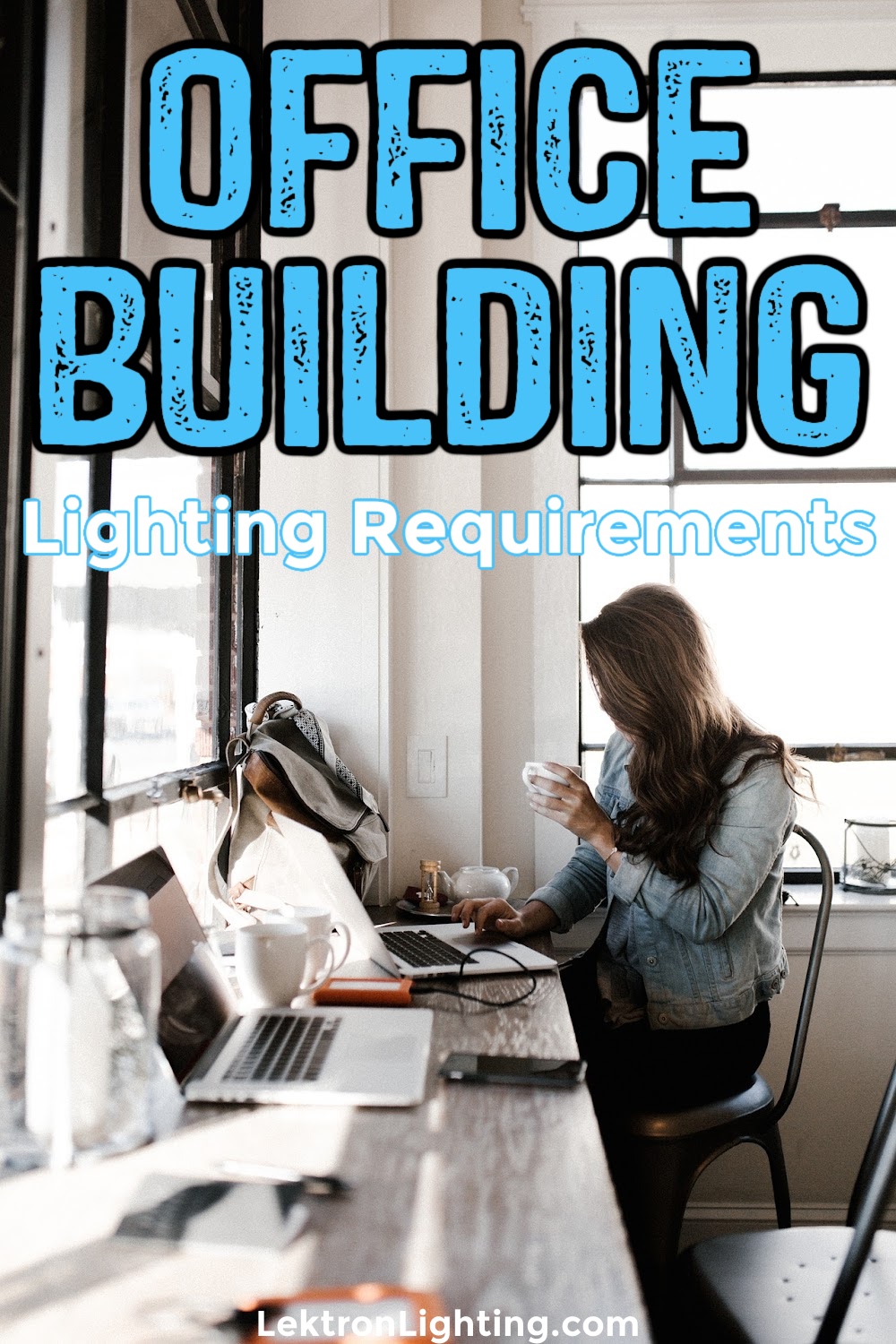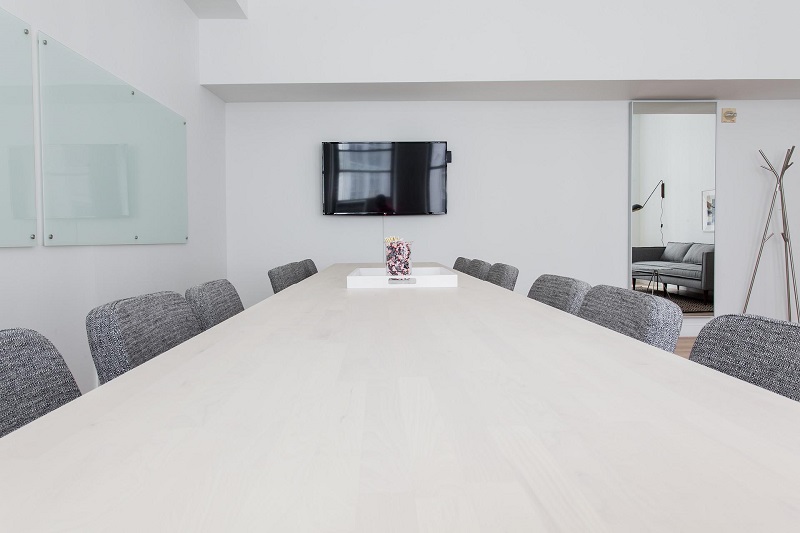Did you know that OSHA has office building lighting requirements that businesses must follow? The requirements cover a wide array of lighting aspects that keep employees safe, productive, and even the quality of their work. OSHA has a set of office building lighting requirements that businesses must follow to make sure they provide their employees with a safe workspace.
Office Building Lighting Requirements
The US passed the Occupational Safety and Health Act of 1970. The act was meant to help protect employees at work by ensuring they have a safe environment to work. Congress created the Occupational and Health Administration or OSHA as part of the Act of 1970.
OSHA has one job, to ensure safe and healthful working conditions for employees. The administration has the power to enforce standards in training, outreach, education, and assistance for employees everywhere. However, the main goal is to keep work environments safe and protect employees as much as possible.
OSHA uses different terms to explain the safety requirements, like foot-candle, which is the illumination produced by a candle from a distance of one foot, and lux level, which measure light’s intensity.
Combating Computer Screen Light
People are working on computers more than ever before, and we are learning about the harmful effects that has on our eyes. The easiest and best way to combat those effects is through lighting. OSHA office building lighting requirements cover this exact situation.
However, these are considered to be lighting recommendations, not requirements. OSHA recommends that lights be well-distributed in rows parallel to the line of sight, desk lighting should be provided, blinds on windows to protect against glare from the sun, computers should be at a right angle to the windows, and light, matte finishes should be used on walls and ceilings.
These all are things that businesses can do to help protect the eyesight of their teams.
Amount of Light
The business space lighting is different from space to space; for example, a construction site will need a different amount of light than a small office. In fact, OSHA goes above and beyond creating office building lighting requirements for each space within the business space.
For example, the first-aid station needs to have 30-foot candles, which means it needs to have enough lighting to cover enough candlelight for 30 feet. Warehouses, walkways, and exits need to have 10-foot candles of light, tunnels need 5-foot candles, and storage areas need a minimum of 3-foot candles.
But employees aren’t spending their time just in those spaces; they also go through a lobby which should have a 200 lux level, warehouses which should have 300-400 lux levels, and office space which should have 500 lux levels.
Fixture Requirements
OSHA office building lighting requirements also cover the fixtures. Of course, OSHA has no issue with LED lighting. However, all lighting fixtures must be covered with a protective plate, and they need to have barriers if they are in an area where they can be damaged easily.
Light fixtures need to be 7-feet above work surfaces. However, not all offices can complete that goal, so there are also OSHA-compliant shatterproof shields you can use instead. There can be no exposed live wires or parts, and there cannot be any large opening for a finger to fit through.
The goal of these requirements is to keep employees safe but also to ensure the best lighting for a space where work is being done.




